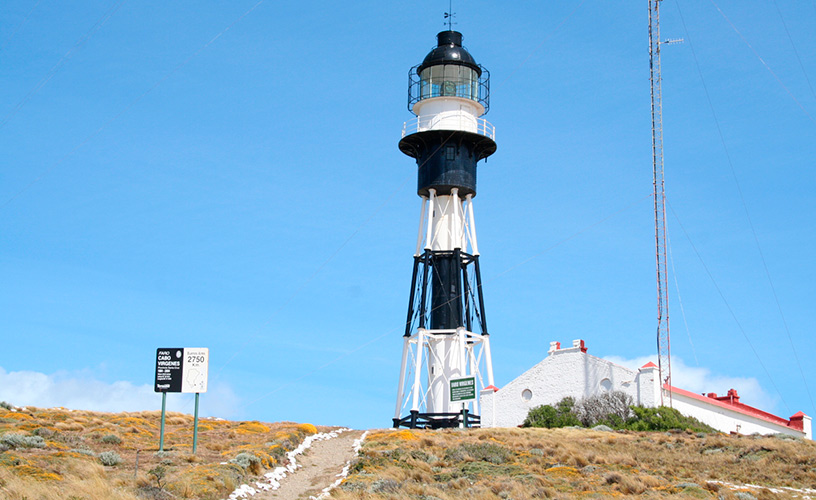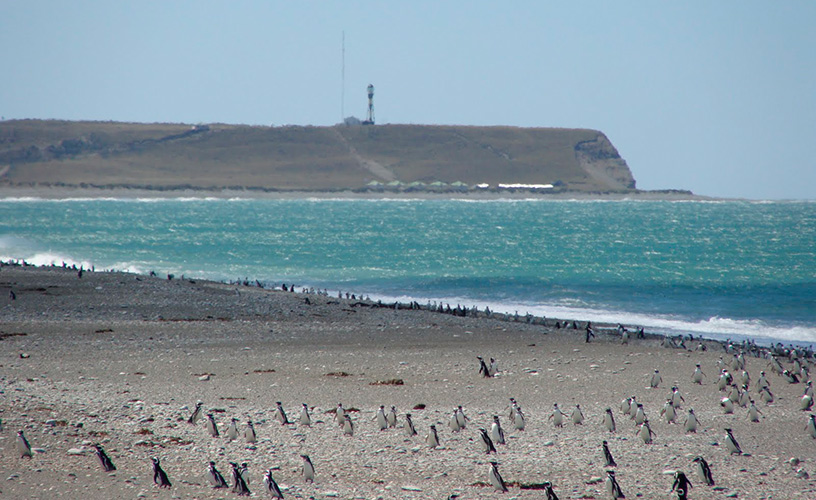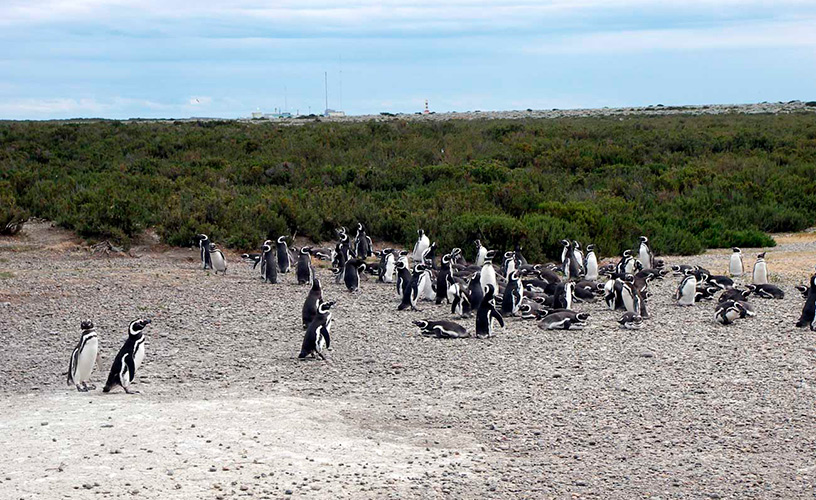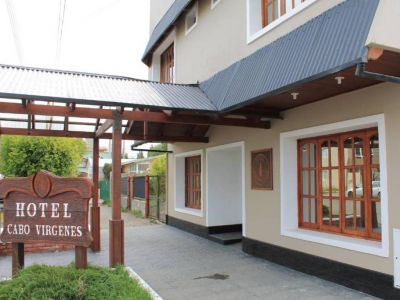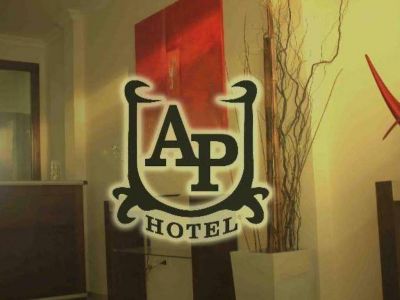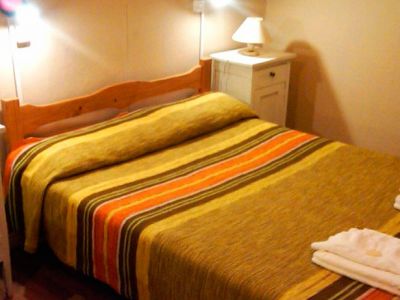The roads around Río Gallegos crossed the steppe and always held a surprise in store upon reaching our destination. Besides, guanacos, grey and red fox as well as hares were a welcome company during our outings.
Punta Loyola and Isla Deseada (Desired Island) on the Atlantic coast were our first destinations. We reached the shore where old ships displayed their rusty hulls. From the cove, we enjoyed the view of Isla Deseada populated by penguin colonies, cormorants and seagulls and also famous for sea fishing.
Our next outing was to Cabo Vírgenes, at the mouth of the Straits of Magellan, the southernmost continental point of both Argentina and America. It was at this spot that the first town in Patagonia was founded in the sixteenth century and where, three centuries later, another settlement became the hub of ‘the gold rush’.
According to historians, in 1584 Pedro Sarmiento Gamboa established a settlement which disappeared as a result of famine, illness and extremely harsh winters. In the nineteenth century, after the wreck of a French ship, gold sands were discovered bringing about the creation of a mining town with shops and services. However, the results were so disappointing that it was dismantled.
Unspoiled Natural Surroundings
Leaving history aside we turned our attention to the present and focused on both sides of the road, lined by high oil towers and El Cóndor and Cerro Redondo oil fields. We were also impressed by the Natural Provincial Reserve and its Magellan penguin colony where mating, egg laying and incubating take place every year.
Navigators around Cabo Vírgenes rely on an old lighthouse built in 1904, whose location and beacon keep them safe as far as 40 km away.
On yet another outing from Río Gallegos, we crossed Guer Aike bridge and headed to Estancia Hill Station along a gravel road. We were met by the amazing 1899 main house whose typical glassed in gallery provides shelter from the harsh weather. It is a pioneer estancia which has endured this long thanks to the continuous struggle of its founder, William Halliday and his descendants.
It is mainly devoted to breeding sheep and criollo horses and we were delighted to be invited to help out with the farm work. Rides and trout fishing outings are also available. They proudly showed us a museum where objects on display show the lifestyle in Río Gallegos 100 years ago.
Close to the city another old estancia opens its doors to visitors and provides guided fishing outings in the rivers nearby. Lodge Truchaike has been redone and equipped to accommodate guests. Typical outdoor barbecues and picnics are a frequent treat.
For those of us who live in a concrete city, each kilometer around Río Gallegos added to the unique adventure and experiences of a vast, emotion packed visit to Patagonia.
Mónica Pons
Dirección de Turismo de Rio Gallegos
130 km setting off along National Route 3 and then turning left into Provincial Route 1. There are no services or gas stations.
To Estancia Hill Station
A total of 64 km, 30km north along National Route 3 and then east along Provincial Route 58.
To Estancia and Lodge Truchaike
30 km along National Route 3
Laguna Azul Nature Reserve
60 km south along National Route 3
